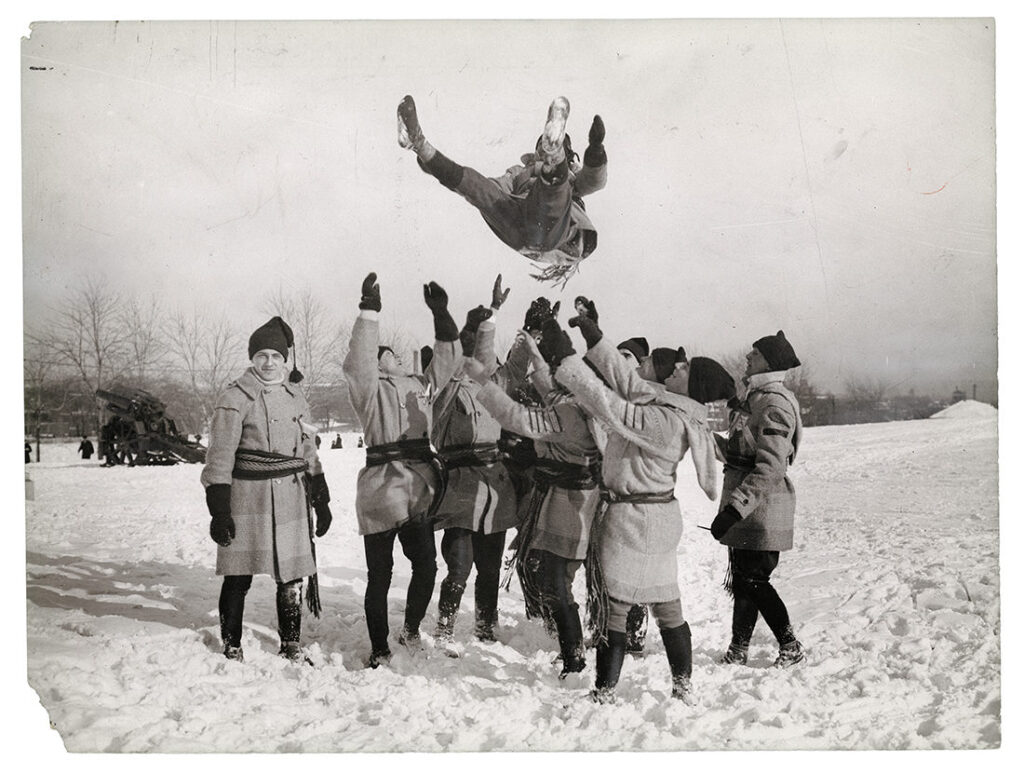The 25,000 New York Times news photographs of Canada now archived in the Ryerson Image Centre represent a “treasure trove” for journalism historians and researchers, says the head of the Ryerson Journalism Research Centre.
The collection of photos dating from about 1910 until 1990 includes images of major Canadian political events and conflicts, landscapes, sports heroes, candid reportage on the lives of diverse communities and portraits of notable Canadians.
“I can imagine researchers using the archive for projects on everything from who and what was considered newsworthy in Canada during those years to how outsiders – in this case the New York Times – viewed Canada,” said April Lindgren, the research centre’s academic director.
“There are many, many research opportunities for journalism scholars and historians and students. What do the photographs tell us about who wielded power at the time the photos were taken? How were women portrayed in those images? Did Indigenous people appear and if so, how were they presented?”
Denise Birkhofer, the RIC’s collections curator and research centre manager, said the archive is a valuable resource for the university as it increases the representation of Canadian photojournalism within the RIC’s holding.
“We [now] have a vast resource for students, scholars and researchers to look into various issues related to the 20th century in Canada,” Birkhofer said. She said the photographs themselves reveal information about how they were used by the New York Times.
“Photo editors throughout the 20th century were marking on photos with grease pencil to make crop lines and editing notes,” she said. “If you flip the photograph over you have stamps and inscriptions that tell you when photographs were taken or when they were published.”
“Journalists can research where the [photograph] was published or reproduced and find the original article in the New York Times and then you can see the context of how it was used,” Birkhofer said. “For journalism students who are interested in how images are incorporated into journalism and can lead stories, I think that there are endless opportunities for research with this collection.”

Ryerson Image Centre

